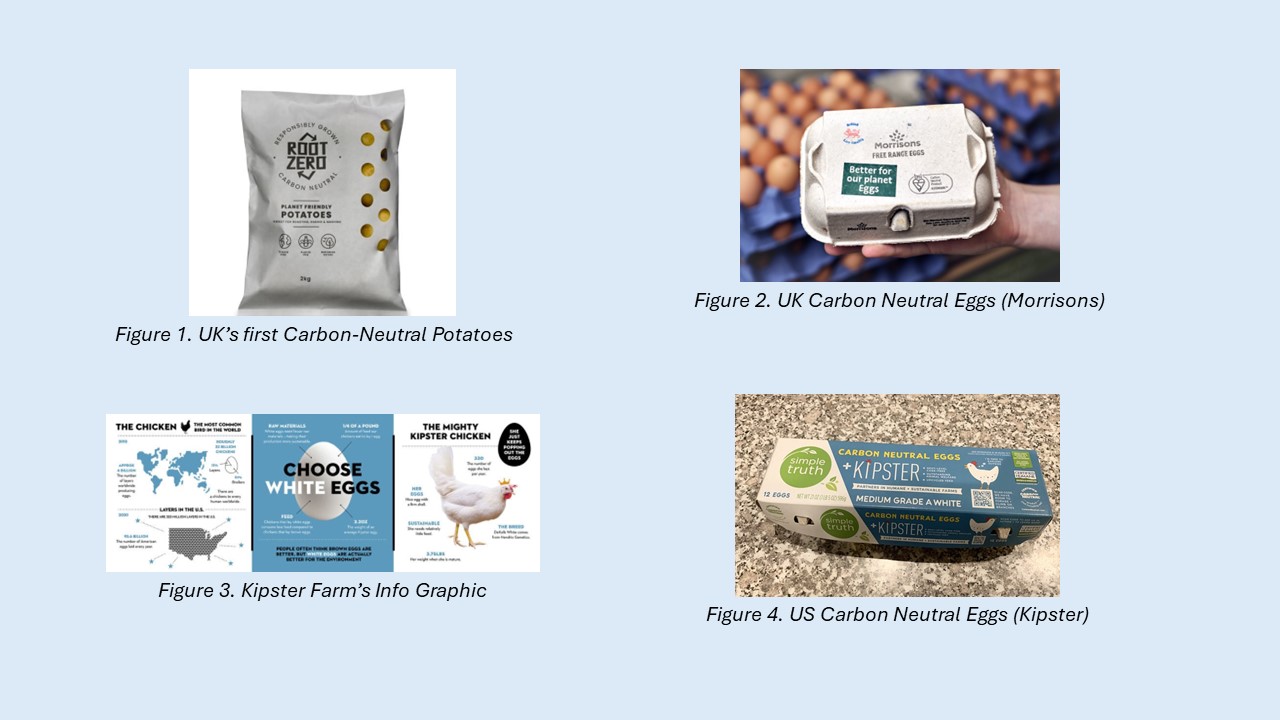Background: The growing, processing, transporting, packaging, consuming, and disposing of food and food-related products contribute significantly to the world's carbon emissions, accounting for nearly a third of all global greenhouse gases (GHG). With this in mind, the sector is transitioning towards sustainability with a growing emphasis on reducing the carbon footprint and environmental impact. This shift towards a greener approach has driven cross-cutting solutions and emerging transformative innovations.
Objective: The objective of this study is to investigate the regenerative farming techniques and alternatives that can be used in food production to lessen climate change. In particular, the primary emphasis will be on environmentally friendly grocery products since the food demand is expected to increase by 60% before 2050.
Materials and Methods: In this qualitative study, we analyzed the literary texts from company publications and academic journals on the data findings involved with greenhouse gas emissions and sustainable agriculture within the food industry. All around the world, multiple counties are reinventing the way we produce and supply our food.
Results: In the United Kingdom, a leading supermarket chain named Morrisons retails carbon-neutral eggs by feeding hens insects instead of soya beans. Coupled with their carbon sequestration program, they neutralize the greenhouse gases they release into the environment. Also in West Wales, Morgan Scale farms are growing carbon-neutral potatoes by using cover crops and crop rotation to offset the gas emissions not only from the spud production, but also along the potato supply chain: from transportation to the kitchen table. As the zero-carbon market gains momentum in that region, the United States also reduces emissions by feeding the hens a specially developed feed made from the leftovers of residual flows in the food production chain. This creates higher value uses for food surplus to eliminate food waste and manage the release of greenhouse gases in order to follow The Carbon Neutral Protocol in a credible manner.
Conclusion: Each of the following distributors introduced the pioneering of circular feeding schemes, integrated renewable resources into their daily operations, and met a series of international standards for carbon neutral products. These options not only allow for reduced carbon emissions on the commercial side, but they also give customers an option to purchase goods that are beneficial for the planet.


